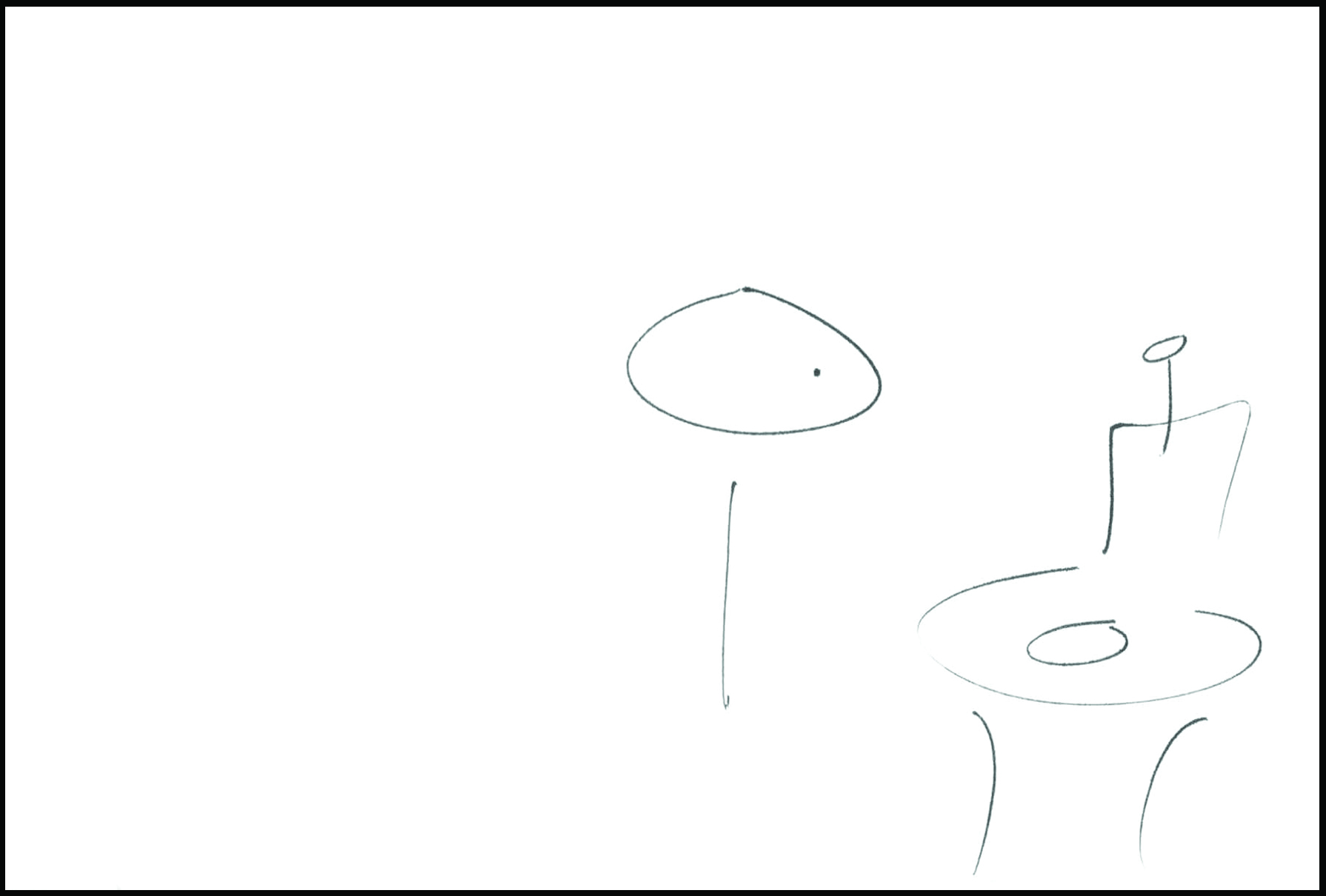Written by guest blogger, Ghislain Leroy.
Featured in the latest issue of the Canadian Bulletin for Medical History / Bulletin canadien d’histoire de la médecine…
This article is the result of a long personal and professional process.
I was a primary school teacher in preschool myself, from 2005 till 2015. During this experience, I was quickly struck by the importance of the school relationship to the child in preschool. In spite of his young age, the child is there apprehended first of all as a pupil, contrary to other french or foreigner preschool institutions. These considerations pushed me to prepare and submit for a PhD a thesis on the question of the nature of the adult / child relationship in preschool.
From a methodological point of view, I led observations in other classrooms than mine. During these observations, I learned to disregard my professional prism of analysis, and its own « normativity », and even to take it as an object, to build a new observation framework linked to my own questionings and to my research problematics. The matter was to determine the school relationship to the child from precise indicators, and also to study the traces of alternative non-school relationships to the child, as well as their indicators.
As this observation went by, I learned to observe things to which, as a practitioner, I did not pay attention. The observation of toilets stood out, little by little, as the most heuristic. Preschool teachers pay little attention to these places (so did I besides as a practitioner), precisely due to the weight of the school relationship to the child. This lack of interest for these places has to be linked to the question of their professional identity, a teacher’s identity and not a childcare assistant’s, contrary to other small childhood facilities, such as day nurseries, where hygienic responsibility to the child stands at the core of professionalism. As a researcher, this place became very interesting to observe: not much invested by adults, a kind of no-place inside the preschool, of a limit-space nearly taboo, it is the reverse of the classroom space, converted, re-converted, rationalized, the core of teaching concerns.
The present article tackles the restoration of this contemporary situation’s genesis, where child’s hygiene seems, by many aspects, to be pushed into the background of teachers’ concerns. This present situation has enough to surprise. Indeed, in the 19th century, in a global context of epidemics and hygienic rudimentary conditions, the hygienic relationship to the child was quite essential in the « salles d’asile » (asylum rooms), the ancestors of preschools, as much for prescripts as for practices.
The survey of the preschool official texts’ evolution (19th-20th centuries), linked to certain social evolutions, is conducted here to understand the changes which progressively led to the contemporary situation. In a sense, the hygienic relationship progressively lost centrality in official texts during this long period, for various reasons this article highlights. But it was also redefined through the emergence of the figure of the child as responsible for his own hygiene, as well as, more generally, of his health. These evolutions could paradoxically have furthered, at practices level, the emergence of the figure of an adult considering himself less responsible for child hygiene.
Ghislain Leroy’s article, “L’enfant-objet de préoccupations hygiéniques : évolution d’une figure de l’enfant dans les textes officiels de l’école maternelle française (19e–20e siècles),” appears in the Spring 2017 Issue of the Canadian Bulletin for Medical History / Bulletin canadien d’histoire de la médecine (Volume 34 Issue 1), available to read at http://bit.ly/cbmh341c!

Comments on this entry are closed.